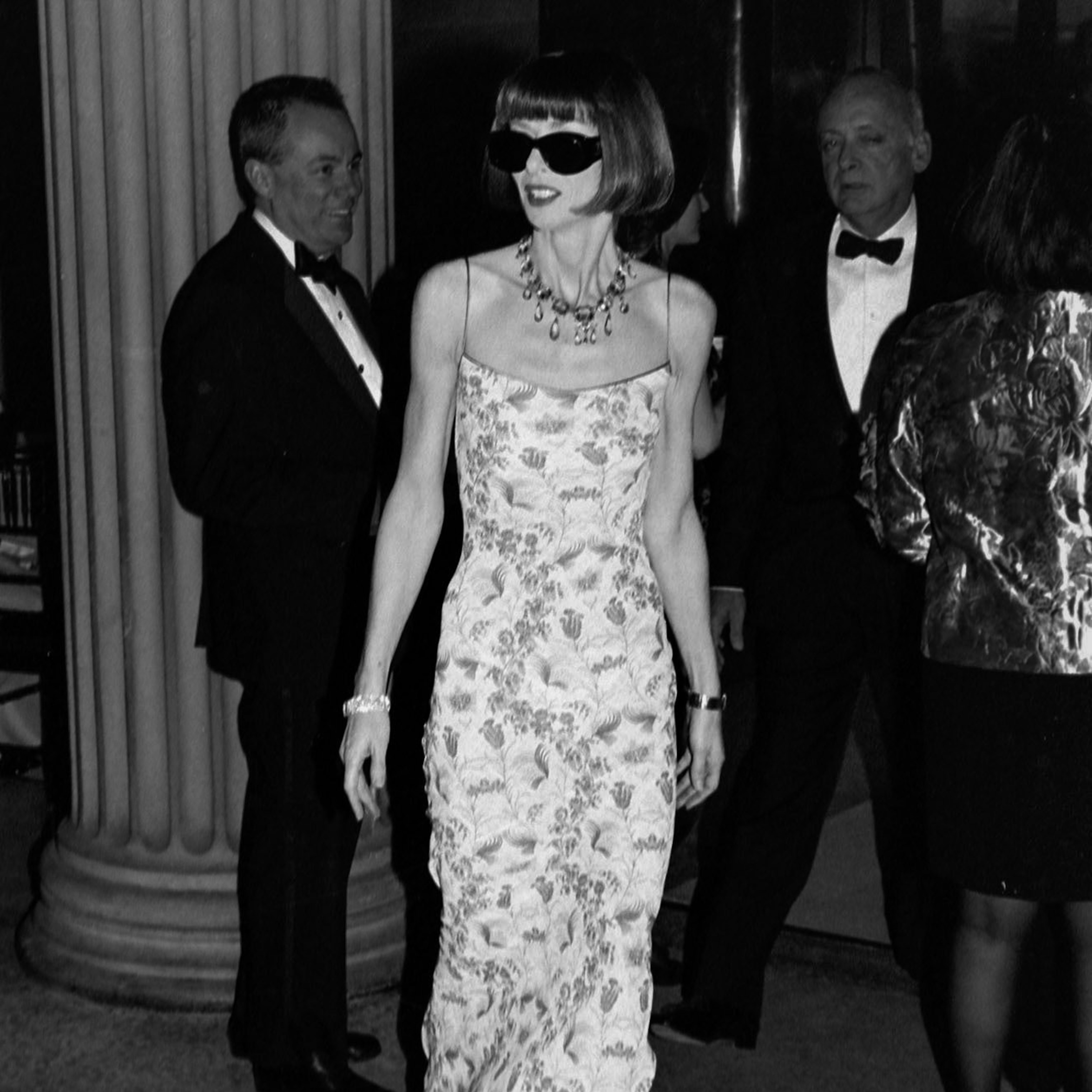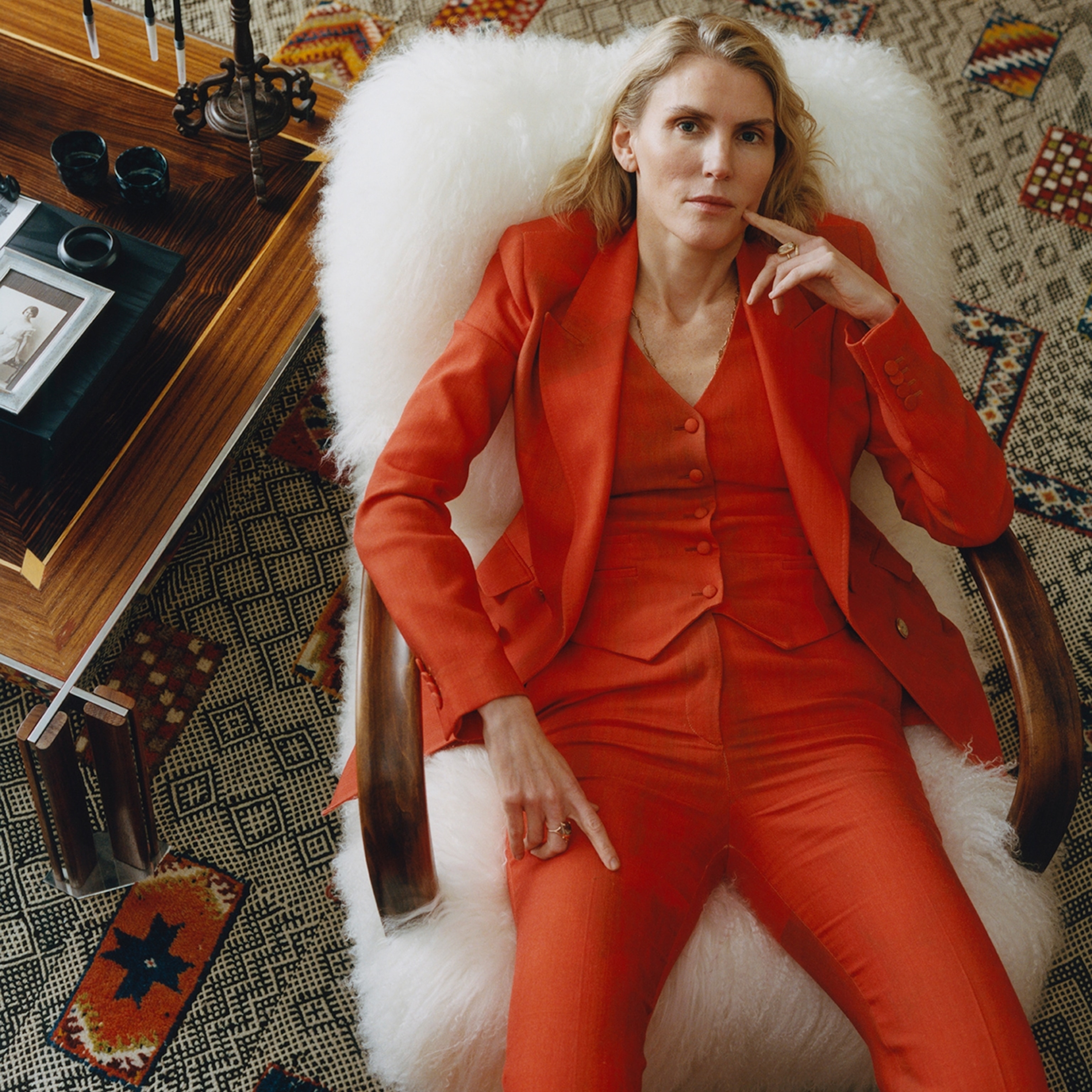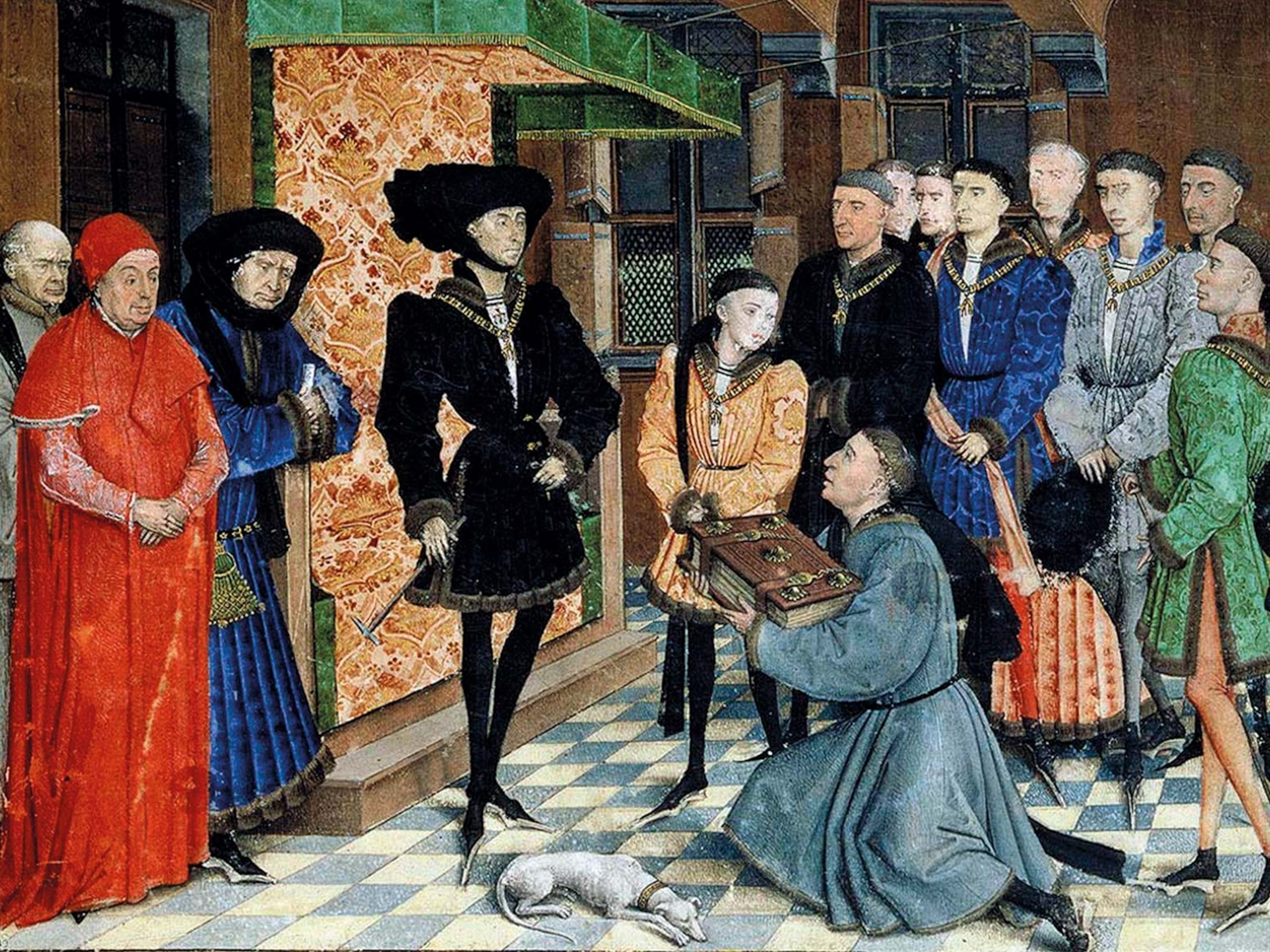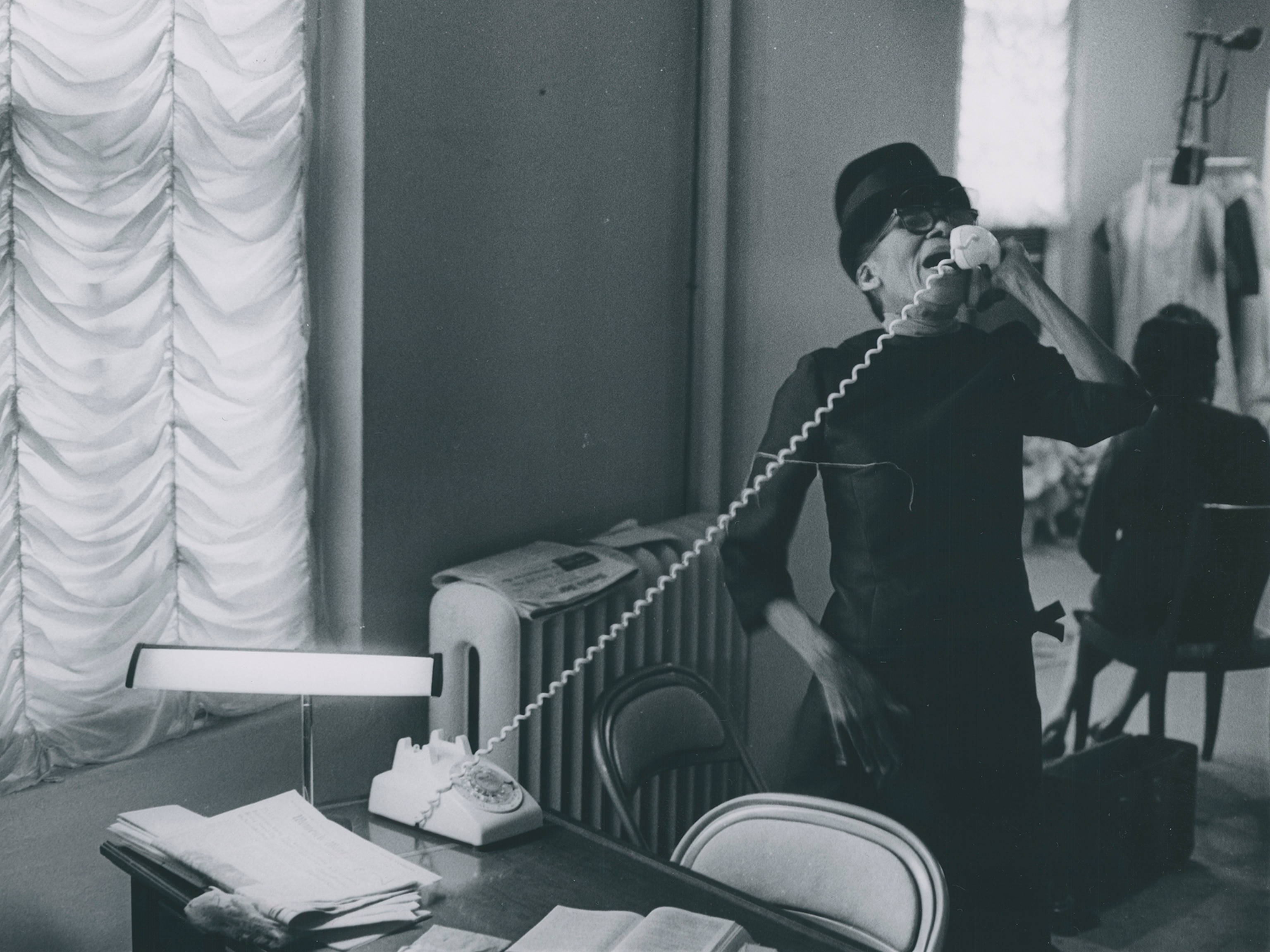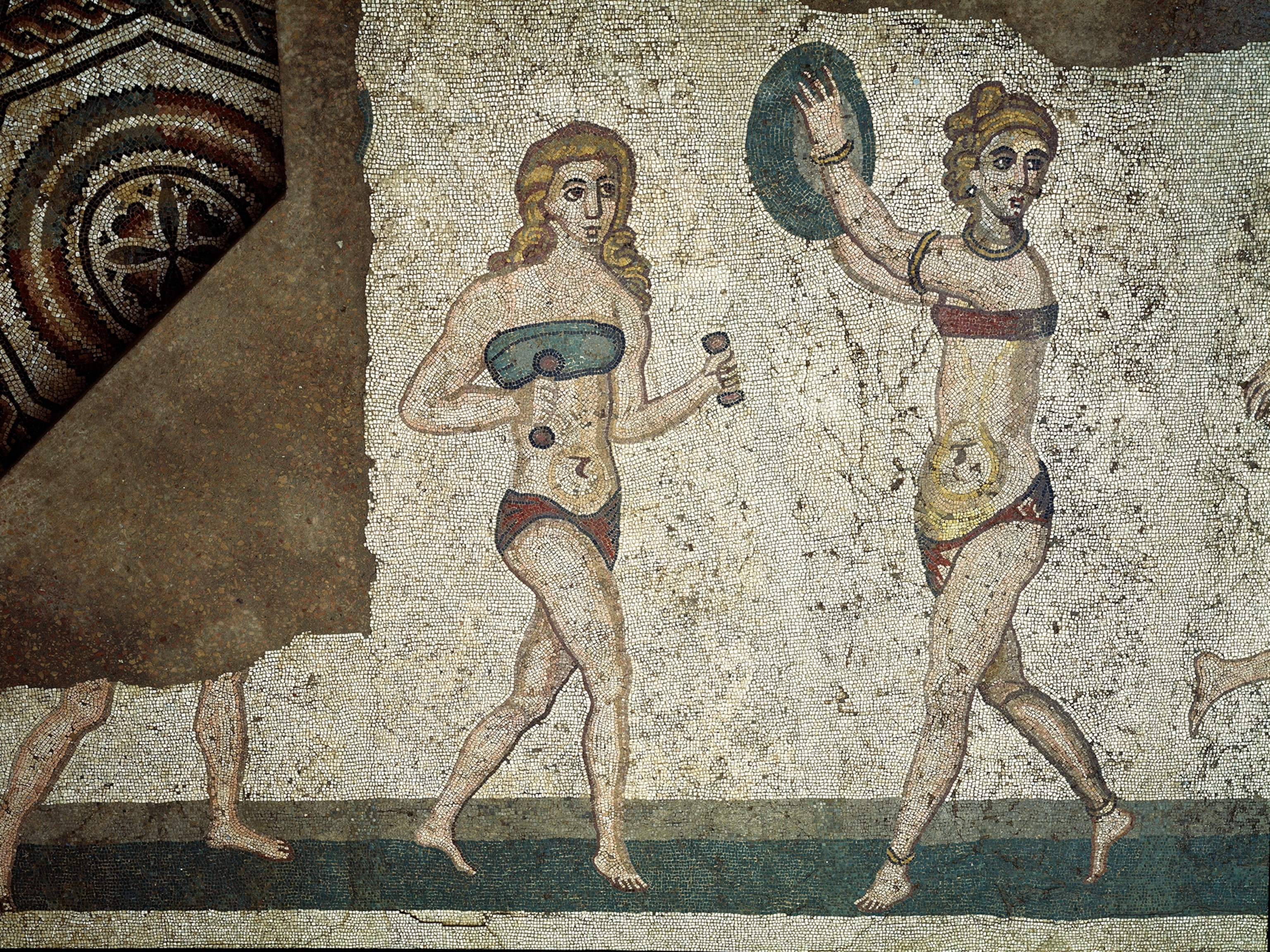You’ve seen the ads. Do you know the history of underwear?
King Tut was buried with 145 pairs. Codpieces were designed to protect—and accentuate. These undergarments inspired our modern boxers and briefs.
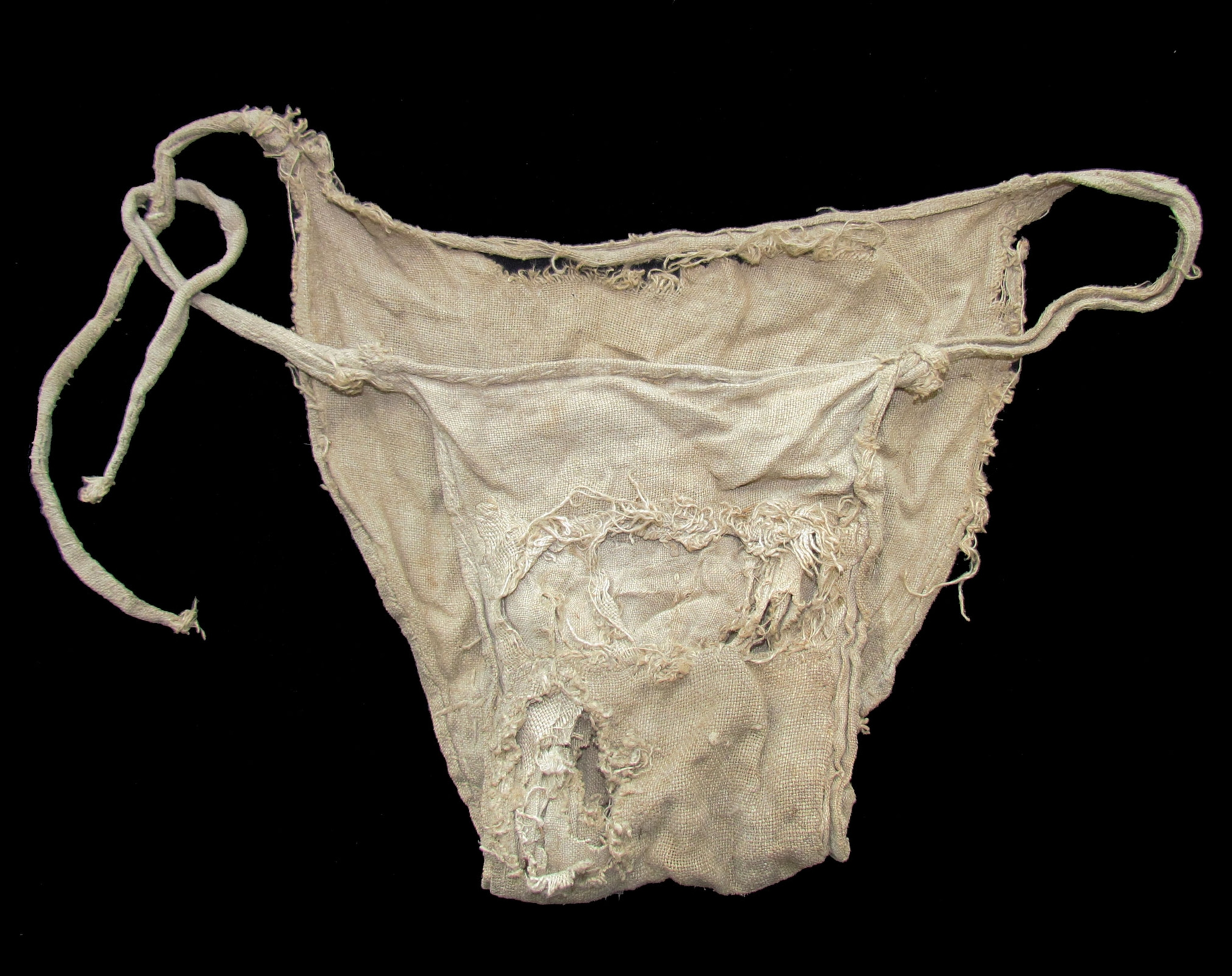
Ancient Egyptians had schenti, Romans wore subligaculum, and the Medieval world embraced braies and chausses before the introduction of the codpiece during the Renaissance. Through it all, one element remained consistent—covering up a man's private parts.
It was not until much later that boxers, briefs, and boxer-briefs came to fruition. In the end, the history of underwear is a mix of practicality, change, and fashion.
Ancient and early forms of underwear
The earliest form of underwear was a loincloth. Prehistorically, loincloths were worn by men and women, crafted out of strips of fabric that ran between one's legs and were fastened around the waist.
(Bras are also older than you think—much older.)
Ancient Egyptians fashioned triangular swatches of linen with strings at the ends. Modern observers may associate the look with a kilt, but the lengths of these schenti varied. Schenti were worn by pharaohs and, later, members of lower social classes. King Tut was actually entombed with 145 schenti, a large collection of loincloths to take with him to the underworld.
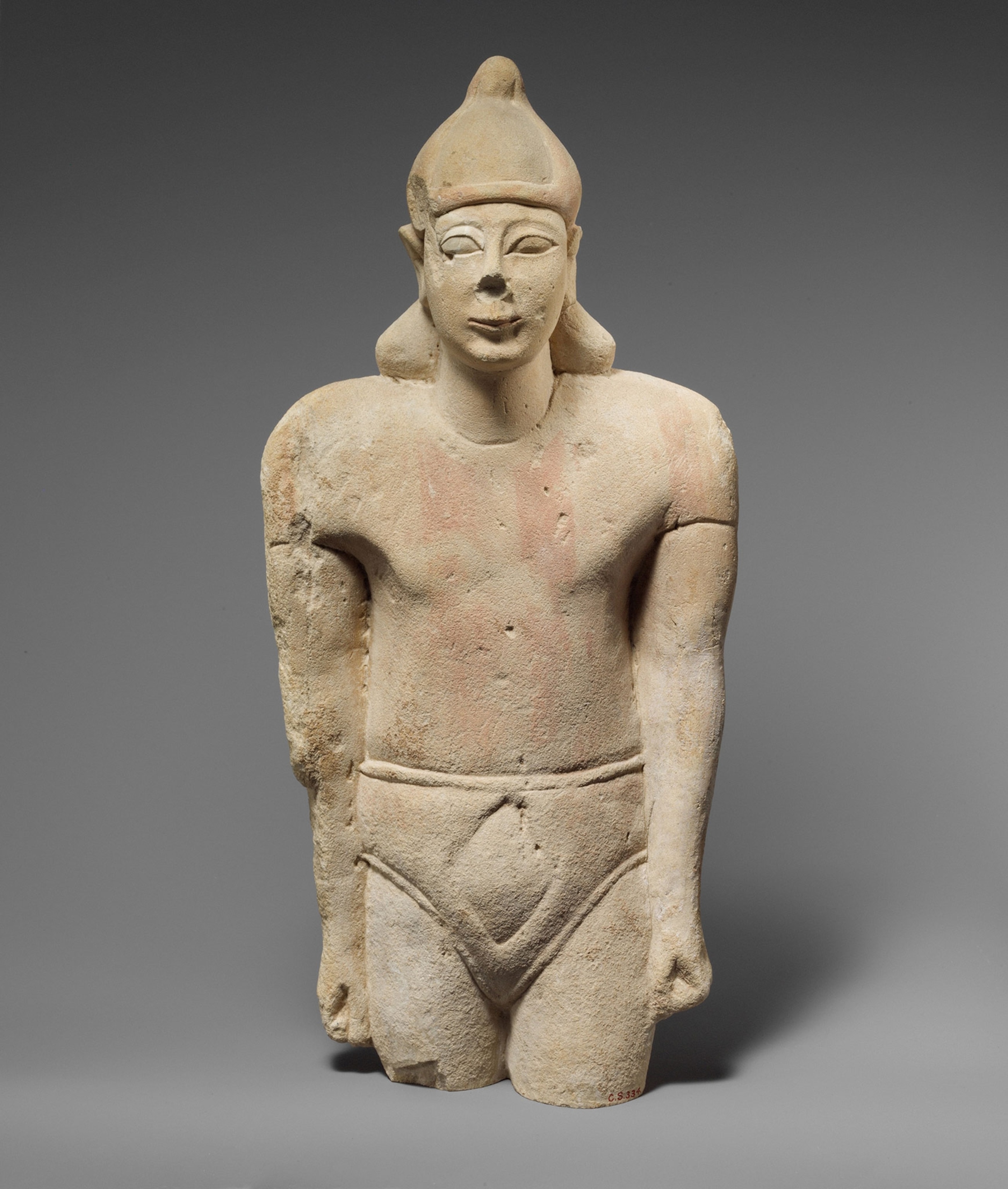
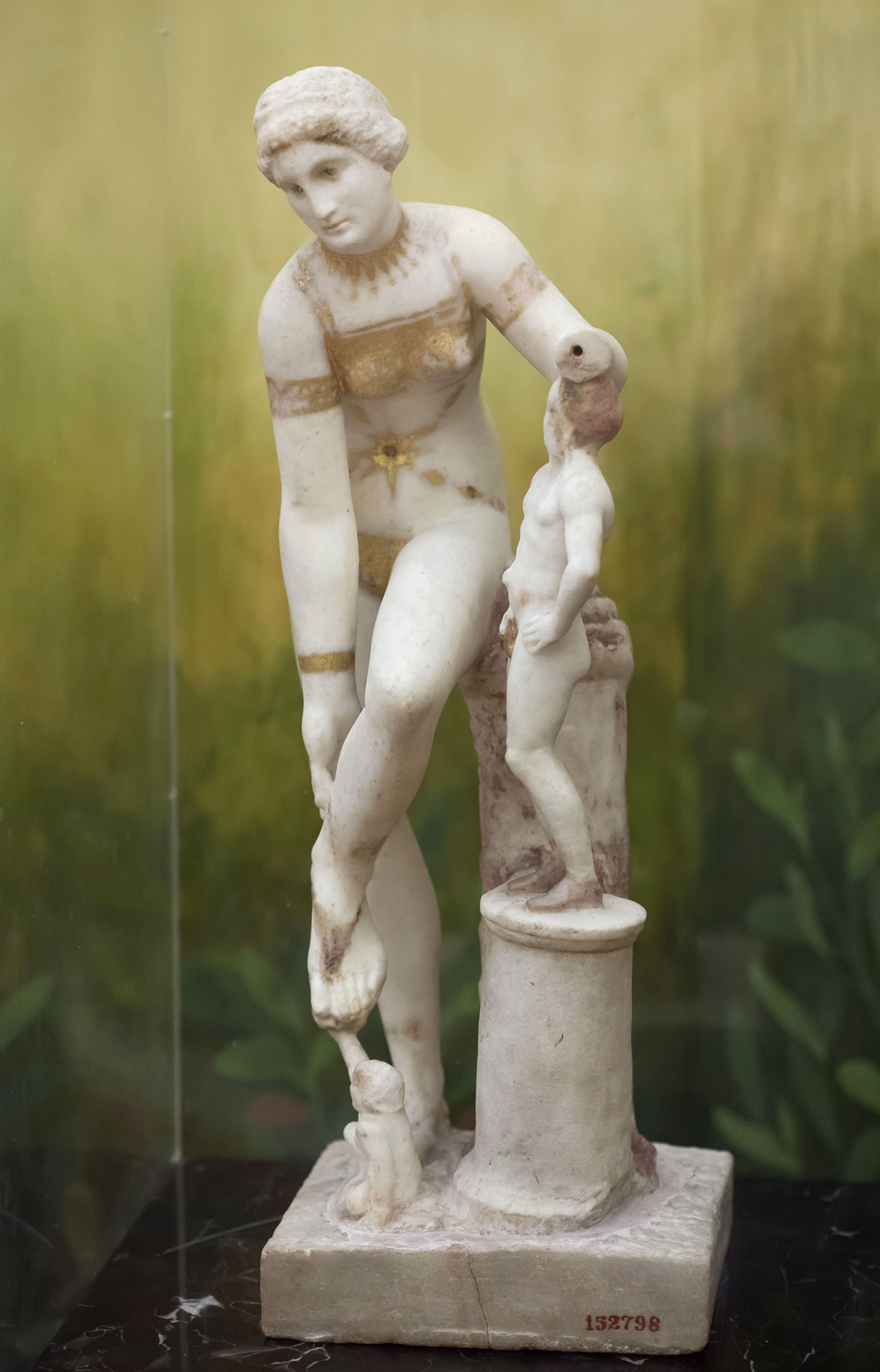
Nudity was much more acceptable in ancient Greece, but even there, underwear comparable to that of the Egyptians called perizoma might be worn.
Meanwhile, ancient Romans had their own undergarments to sport underneath a tunic, toga, or robe : Worn by the mid-2nd century A.D. and adapted from the ancient Etruscans, Roman subligaculum could resemble a loincloth or look more like a pair of shorts.
Similarly, during the Middle Ages, Celts and Germanic tribespeople wore baggy undershorts called braies. It's unclear if both men and women wore braies (or how often they were worn at by either), but men are known to have used a belt or string to hold up their braies. Some also wore chausses, or leggings and, by the 15th century, the two pieces more or less became one.
These undergarments ultimately gave way to more elaborate codpieces designed not just to cover but to protect a man’s privates. Codpieces were made out of stiffer materials, decorated, stuffed, and made increasingly large to hint at one’s manliness.
Boxers, briefs, and other innovations in underwear
But the need for fabric garments to wear under tunics and the like remained. By the early 19th century, pantaloons emerged as a practical part of any outfit for men and women because they kept outer wear clean by absorbing dirt and sweat.
This time period also brought the introduction of union suits—predecessors of long johns and onesies—to meet the needs of both men and women. Men could wear blouses and shirts on the outside, while women could do away with their corsets, stockings, and garters. This was useful as industrialization meant that more men and women were working in factories.
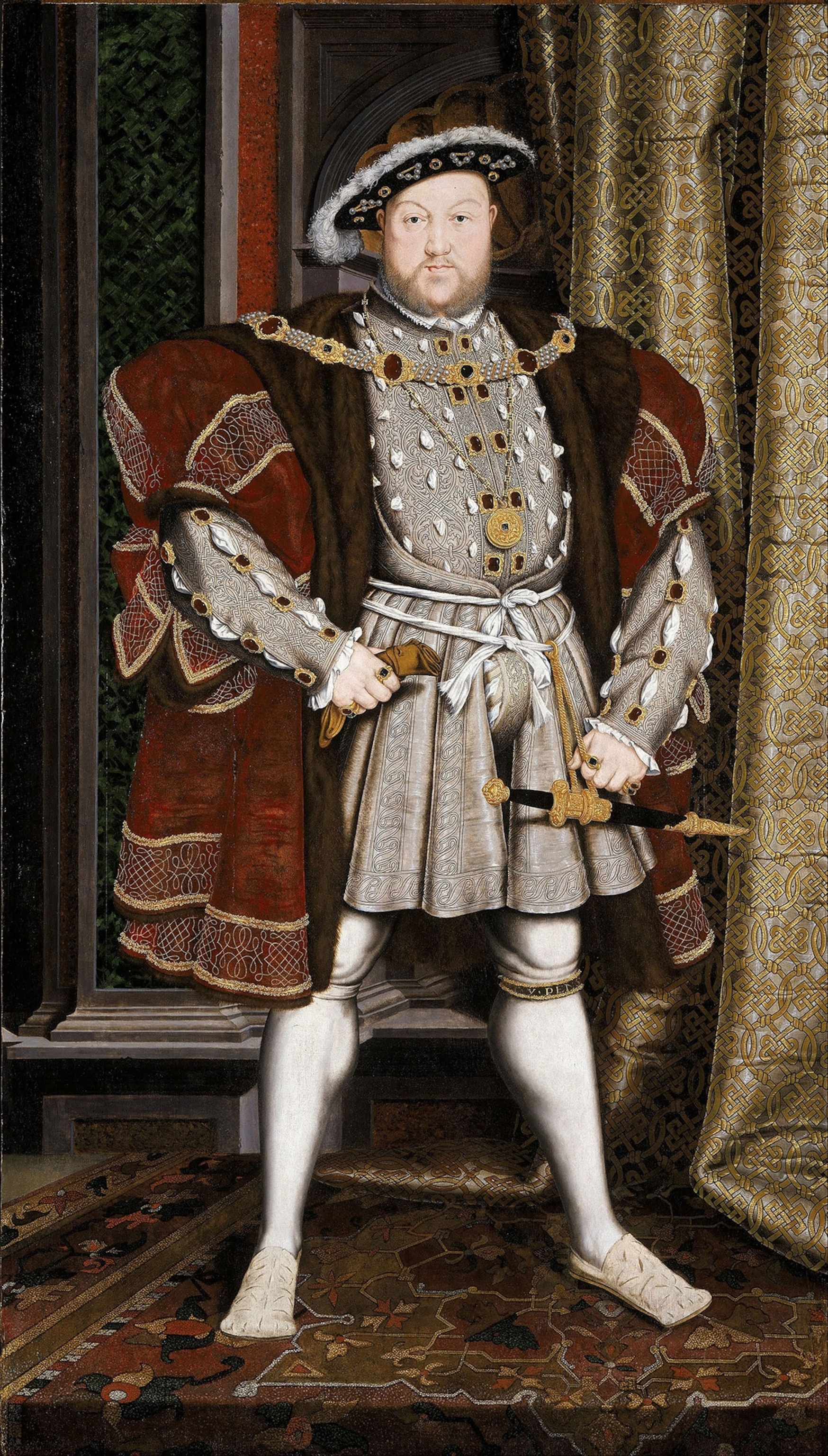
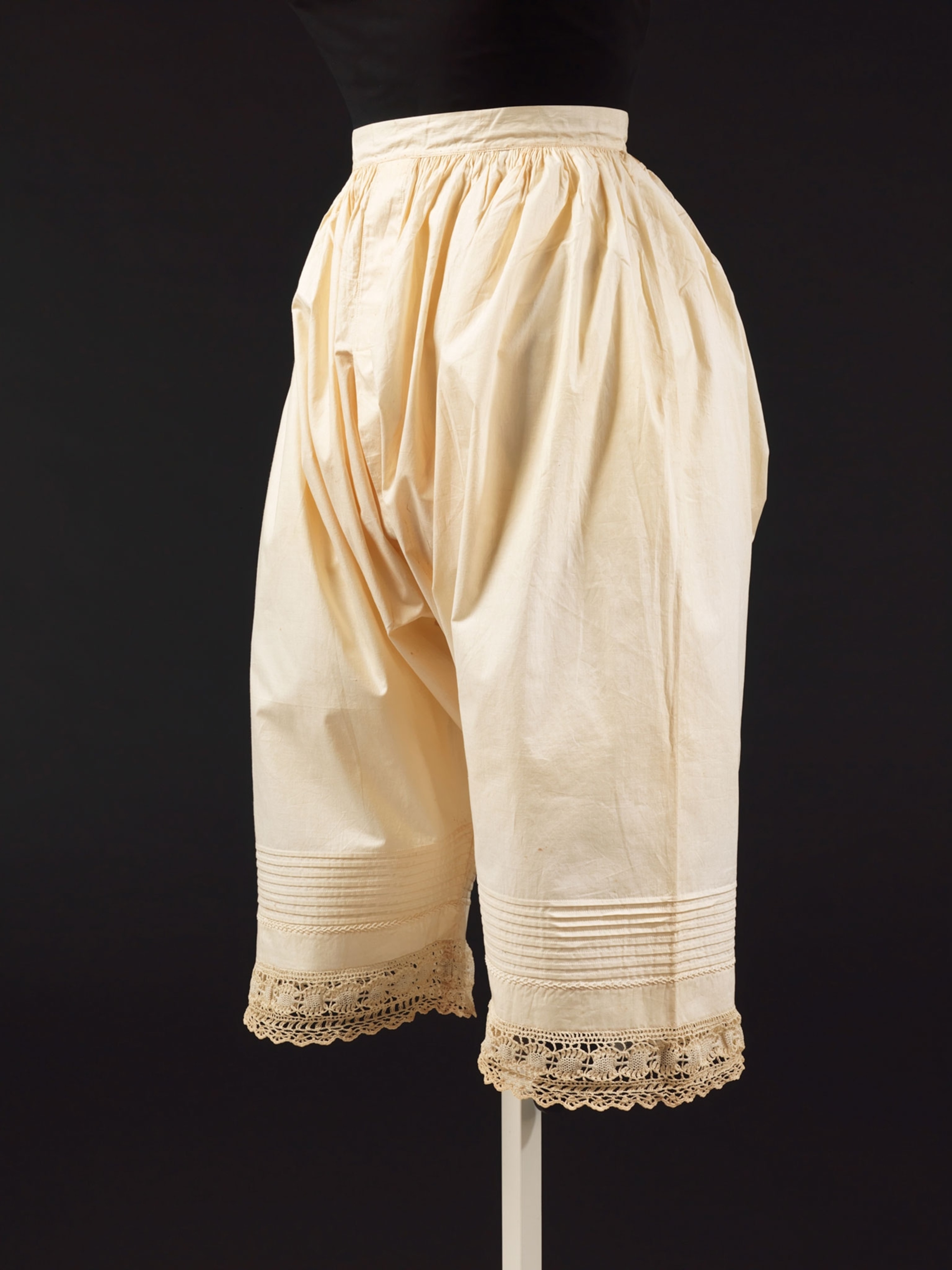
When bicycles hit the streets, jockstraps offered additional support to riders as they pedaled along bumpy streets. The first jockstraps (named for straps worn by "bicycle jockeys") were introduced in 1874. Underwear and sporting goods remained linked in the early 20th century thanks to Jacob Golomb and his elastic waistband swimsuits and boxing trunks—an innovation that gave rise to boxing shorts as underwear.
(Here's a look at how bicycles transformed our world.)
Boxers weren’t all that popular at first—but not so for briefs, which were also developed in the early 20th century. In 1928, Arthur Kneibler was hired by Cooper Underwear Company, where the "apparel engineer" introduced underwear briefs styled off of jockstraps. Kneibler's jockey shorts were an immediate hit when they hit store shelves in 1935.
Familiar brand names were at the heart of 19th and 20th century underwear innovation. Hanes capitalized on the union suit market, Golcomb's efforts became the sportswear company Everlast, and Kneibler's briefs inspired Cooper to change its name to Jockey. Fruit of the Loom's aptly named logo could also be found on underwear by the turn of the century.
Underwear goes mainstream
Underwear became a fashion item in the 1950s and 1960s as they went from traditional white to an array of colors and patterns and the development of fabrics like rayon and Dacron made new styles possible for men and women.
As a result, underwear advertisements became more explicit—and bikini briefs and nylon thongs soon accompanied Tighty-Whities (as Kneibler’s jockey shorts would later be called) in marketing campaigns.
By the 1980s and 1990s, the world was debating the critical question: Boxers or briefs? Boxers had grown increasingly popular after World War II, as men who served in the military adjusted to the standard-issue boxer shorts. But as the century progressed, people began to question whether there were health benefits to wearing them—and a trend was born of asking famous men, including U.S. President Bill Clinton, to share which one they wore.
(How advertisers sold a post-World War II dream.)
Soon, however, a new option arose: Boxer briefs—a hybrid of the two styles.
Calvin Klein designer John Varvatos is credited with inventing boxer briefs in the early 1990s, although he may not have been the first person to come up with the idea. They took off after a 1992 Calvin Klein ad campaign featuring rapper-turned-actor Mark "Marky Mark" Wahlberg wearing nothing but white Calvin Klein boxer briefs. The explicit ads, shot by photographer Herb Ritz, stoked controversy and, in the process, made Calvin Klein a household name in underwear.
Innovation in underwear has waned since then—but you can be sure that when a new product does debut, the public will likely see it on full display.

